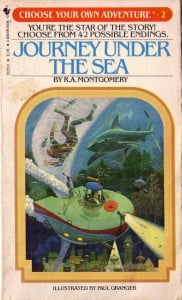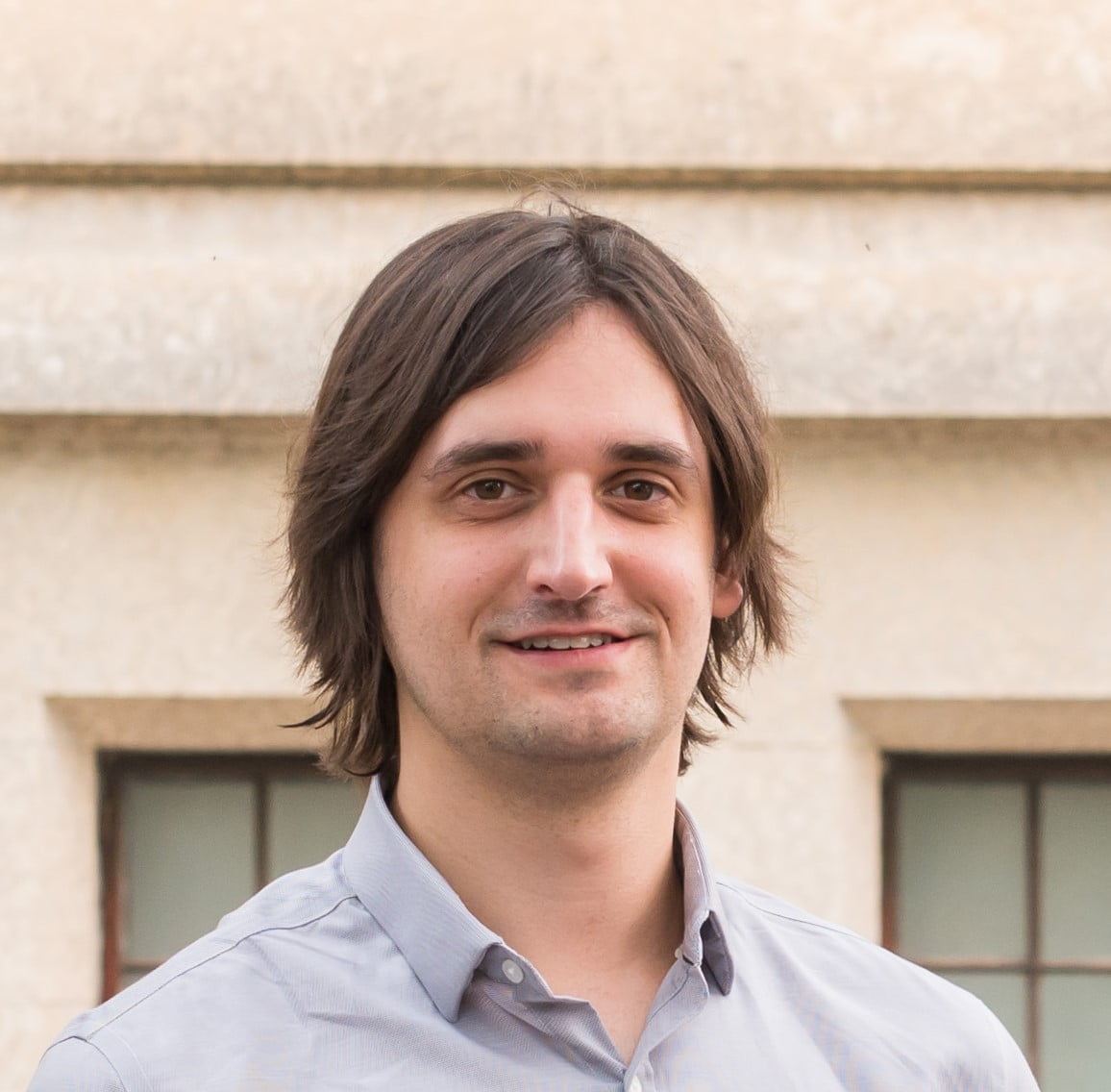When I became a medical student, I was astounded by the number of opportunities available. The more I looked, the more awesome things I found. My interests in policy and leadership development led me into a number of roles with my medical student society and a summer working in the Canadian Medical Association Leadership in Medicine office as an intern (program now sadly defunct) were the highlights. These experiences led me to discover a ton of other cool things medical students could do.
As a senior medical student, I was dismayed to note that some of these opportunities were not widely advertised to the students. They had to go looking for them, and often found them too late! At the same time, they were often given advice that I disagree with which may have dissuaded them from doing so. I used to give an annual talk to the 1st year students titled “Choose your own Adventure.” Sponsored by the awesome novels of my childhood:
Last week I advised medical students to “do what you love” but was somewhat vague with the details. If you haven’t read that post yet, I clicking here, as I will build on it in this post outlining ways you can combine your passions and medicine in a mutually beneficial way to “Choose your own Adventure!”
Of course, step 1 is figuring out what you are passionate about. If you are not sure, spend some time figuring it out. There’s been enough ink spilled on that topic elsewhere (like oprah.com), so I won’t get into it in this post. Once you have that down you should start hunting for ways to incorporate it into medicine. For example, if you love…
Art
Medicine holds a lot of inspiration for artists of all kinds. Unfortunately, I’ve talked to many students that “used to” write/paint/sing/dance but gave it up because they were “too busy” in medical school. Consider trying to tie incorporate your art into what you are learning.
For those of you out there who feel this is a bit too wishy-washy who might be encouraged by having a more formal framework:
- CanadiEM has recently started its Arts PRN section and is accepting submissions for publication!
- Universities have created electives in arts and humanities (check out this one and this ethics one, both offered by the University of Alberta)
- Ali Martin, a Dalhousie University medical student, has put her artistic talents to use in education and medicine by posting her doodles at SketchyMedicine.com
- John Hopkins University offers an MA in Medical and Biological Illustration
- ZDoggMD, a strange combination of an attending physician and Weird Al Yankovic, has shown how even “grown up” doctors can create visual art and music. He occasionally even uses his skills (skillz?) to send positive health messages (see the Flu Shot Anthem). The University of Alberta medical students have also been known to put together some great videos, both to enhance morale/recruitment and teach about heart blocks (shout-out to Chris Bond of SOCMOB who appears at the beginning of this video).
- Beyond FOAM (which I offered as an example in my last post), a lot of medical students blog about their experiences in medical school. If you like to write, I’d highly recommend it and would encourage you to consider doing it here.
Laughing
I think most of us have seen or are familiar with the story of Patch Adams. As outlined in this major motion picture, Patch is the founder of the Gesundheit! Institute. He also travels around the world dressed as a clown attempting to heal with humor. If that kind of stuff is your cup of tea, consider checking out the Gesundheit! Institute for an elective or joining him on a humanitarian clown trip.
Activism, Social Justice, Holistic Medicine
If these things are your cup of tea, consider applying for the Humanistic Elective in Alternative Medicine, Activism and Reflective Transformation (HEART) offered by the American Medical Student Association (I spoke to them a few years back, and they would consider offering Canadian students a spot at that time). This month long elective is intended to be a capstone for medical students and offers training in: physician social responsibility and activism, racism, humanism, gender in medicine, health policy, mentoring, the practice of CAM, medical history, death and dying, suffering and compassion, healing through the creative arts, sexuality, body image, violence, substance abuse, childbirth, religion, self-care, and more.
Additionally, many medical schools operate student clinics for underserved populations. In Canada, some successful examples include SWITCH, SEARCH, WISH and CHIUS. If your school doesn’t have one, consider building one. There are also some electives on the AFMC portal for inner city health, prison health, etc.
The Great Outdoors
Adventurous medical students might consider entering a team into MedWAR (Medical Wilderness Adventure Race). What’s MedWAR? Think Ecochallenge with medical interludes. How cool is that? Or you could get a bunch of like-minded students together and contact Wilderness Medical Associates to set up or sign up for a Wilderness Medicine elective!
Sports
Athletic medical students with an interest in sports medicine might consider volunteering to be a trainer of a sports team. Some formal electives listed here: U of A, McGill, Ottawa
Conclusion
In the end, if there’s no way you can find to combine any of your other passions with medicine, you should still keep them up. There’s nothing more boring than a CaRMS applicant that has done nothing but obsess over their specialty of choice for the past four years.
And, if you can think of any more ways to combine your passions with medicine, please respond in the comments below!
This post was peer reviewed by Eve Purdy and Danica Kindrachuk prior to its initial publication on April 26th, 2013. It was revised and reposted by Kelly Lien on August 30, 2017. For more CaRMS advice, check out the complete CaRMS Guide. The next post in the CaRMS Guide series is FRCPC or CCFP-EM: What is Right for You.





